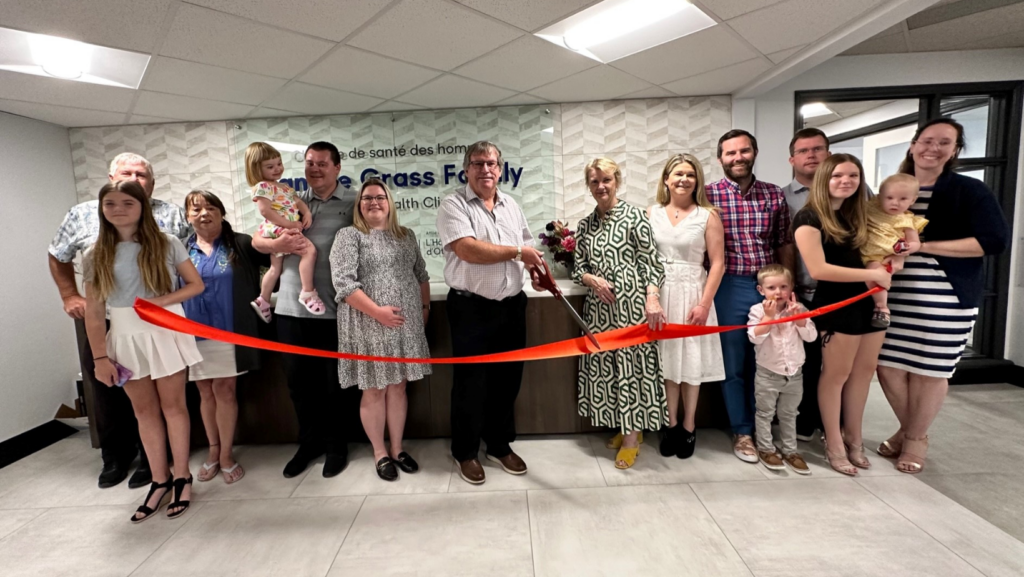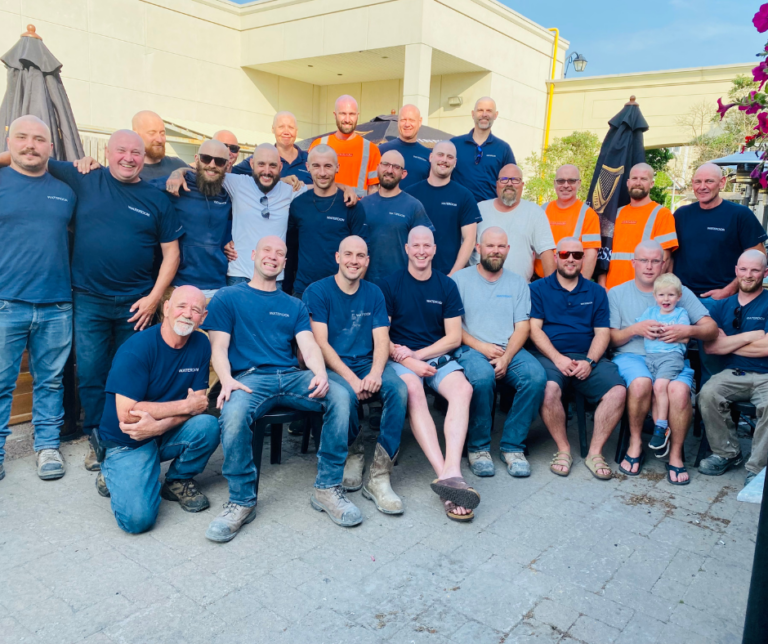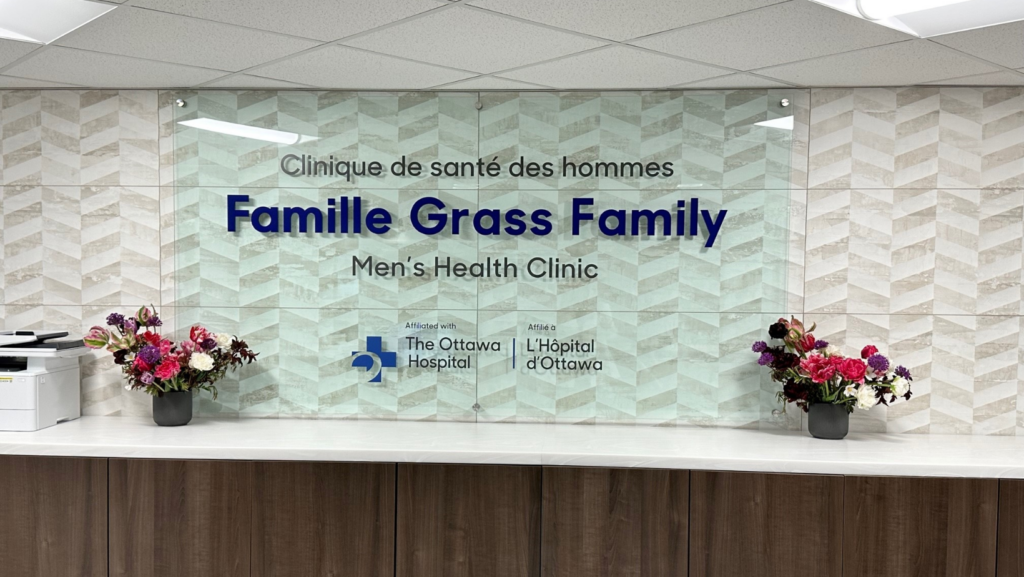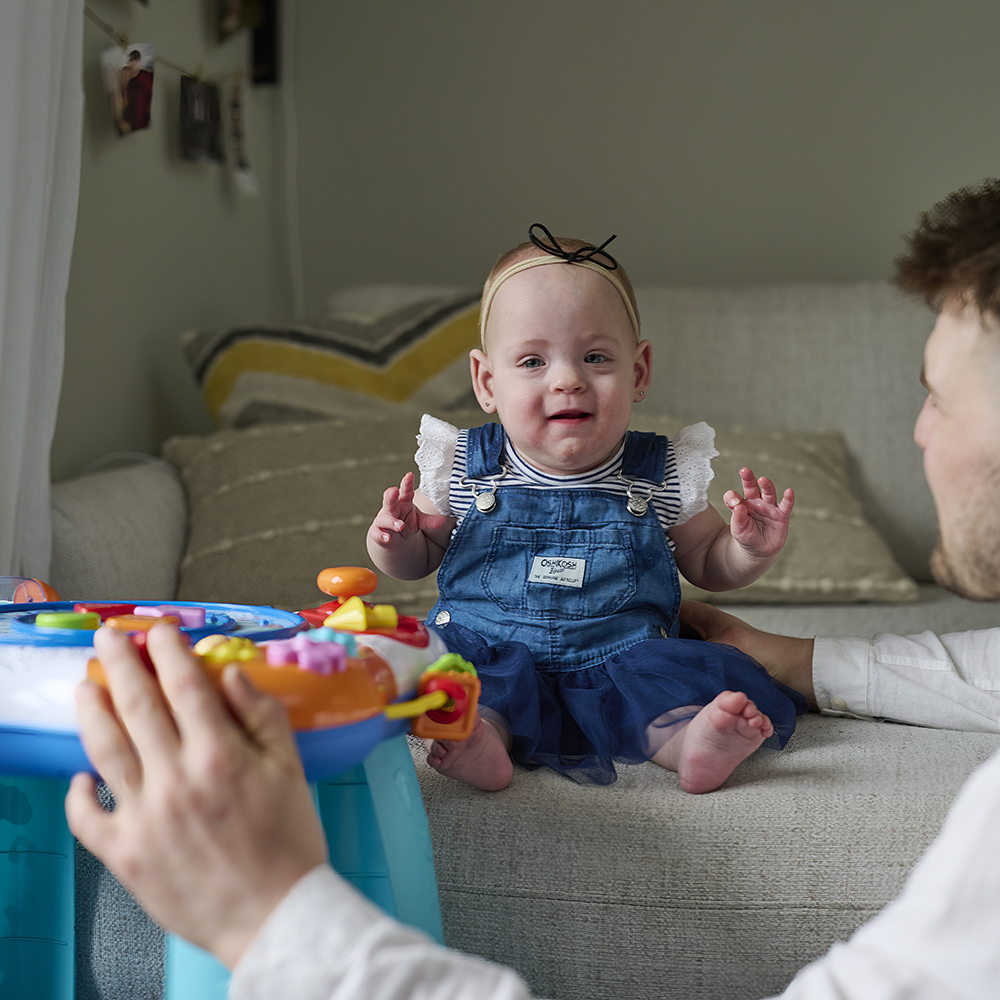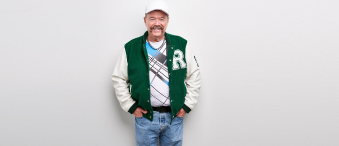Clifford North’s story is a testament to resilience, self-determination, and gratitude.
Adopted at birth and raised in rural Manitoba, his humble beginnings meant his early years were marked by a lack of resources — including medical care. But Clifford’s spirit was always strong.
At age 21, now making his own way through life, a routine blood test revealed something that had been missed because of years without regular healthcare: Clifford had been born with only one kidney.

“I’m probably in better shape than I have been for many years.”
— Clifford North
Determined to live a long and healthy life, he committed himself to following the guidelines his doctors set out for him. He stuck to a healthy diet and avoided contact sports, but by no means sat back and coasted through life. Early on, he played softball and later took up curling and golf. Now, at age 80, says “I’m probably in better shape than I have been for many years” Clifford says.
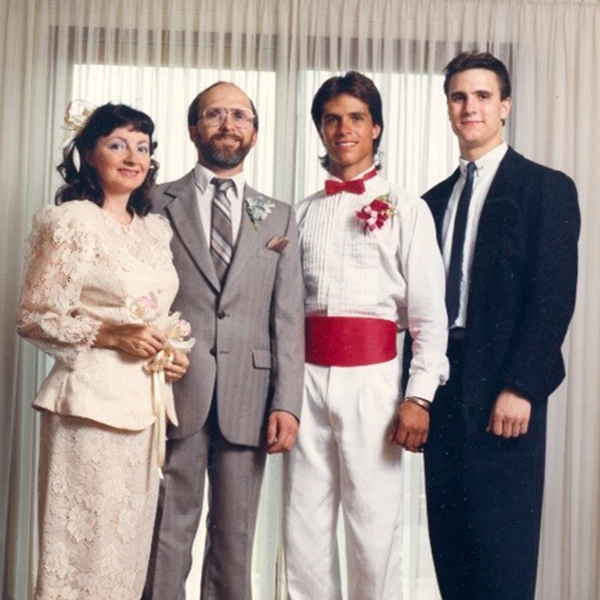

Clifford’s career also kept him busy. He has worn many hats, including those of an accountant, computer systems consultant, financial planner, and even a sculptor. He also landscaped, made additions, and remodeled homes over the last 45 years. His motto, “I can do anything I put my mind to,” has guided him through every challenge and triumph.
For 72 years, Clifford’s one kidney held out — in large part because of the care he took to protect it. But eight years ago, life took a significant turn. He needed a transplant, and none of his family members were a viable match. That was when a friend and fellow curler at the North Grenville Curling Club circulated a letter asking people to get tested to see if they were a match.
As it turned out, Wayne Pitt was the match Clifford needed, and he graciously offered to be the donor.
Testing was completed over a seven-month period, and on September 1, 2016, Clifford underwent a successful kidney transplant at the Ottawa General Campus. His creatine level was 500 going in, but 82 coming out of surgery and has remained the same. Today, he and his donor share a special bond, golfing and curling together. “We joke that I look after his left kidney for him,” Clifford says with a laugh.

Reflecting on the surgery, Clifford recalls no fear, despite the seriousness of the procedure. “I just face life as it comes. I had no pain whatsoever from the operation. I had excellent care on the seventh floor for the four or five days I was there, and follow-up has been excellent.”
“I’m going on eight years as a kidney transplant patient at The Ottawa Hospital. I felt I could afford it. It’s my way of giving back.”
— Clifford North
The same lack of hesitation that led him to follow doctors’ orders all those years ago is what led Clifford to support The Ottawa Hospital as a monthly donor. “I’m going on eight years as a kidney transplant patient at The Ottawa Hospital. I felt I could afford it. It’s my way of giving back.”


Now retired, Clifford enjoys a vibrant life in Kanata with his wife, Jocelyne. As they celebrate 36 years of marriage, they cherish the family they have built together: two sons, two daughters, five grandchildren, and two great-grandchildren. Retirement has given Clifford and Jocelyne the freedom to travel extensively — from visiting museums in Paris, dinning in Italy, exploring the Czech Republic (Czechia) or enjoying a sunset in Hawaii, Australia, and Mexico. Even when at home, Clifford golfs about twice a week, exploring courses all over Eastern Ontario.
“I can’t think of another place that’s as important. Almost every one of us will at some point be touched by The Ottawa Hospital.”
— Clifford North
Clifford’s story is more than just a personal triumph; it’s an inspiring call to action. “I made it from nothing to end up retiring in style and being able to help out the hospital financially,” he says. “I can’t think of another place that’s as important. Almost every one of us will at some point be touched by The Ottawa Hospital.”
Clifford’s ongoing support is a testament to the lifesaving work of the hospital and the incredible community that surrounds it. He hopes sharing his story will inspire others to consider becoming monthly donors to The Ottawa Hospital — helping ensure patients receive exceptional care when they need it.













